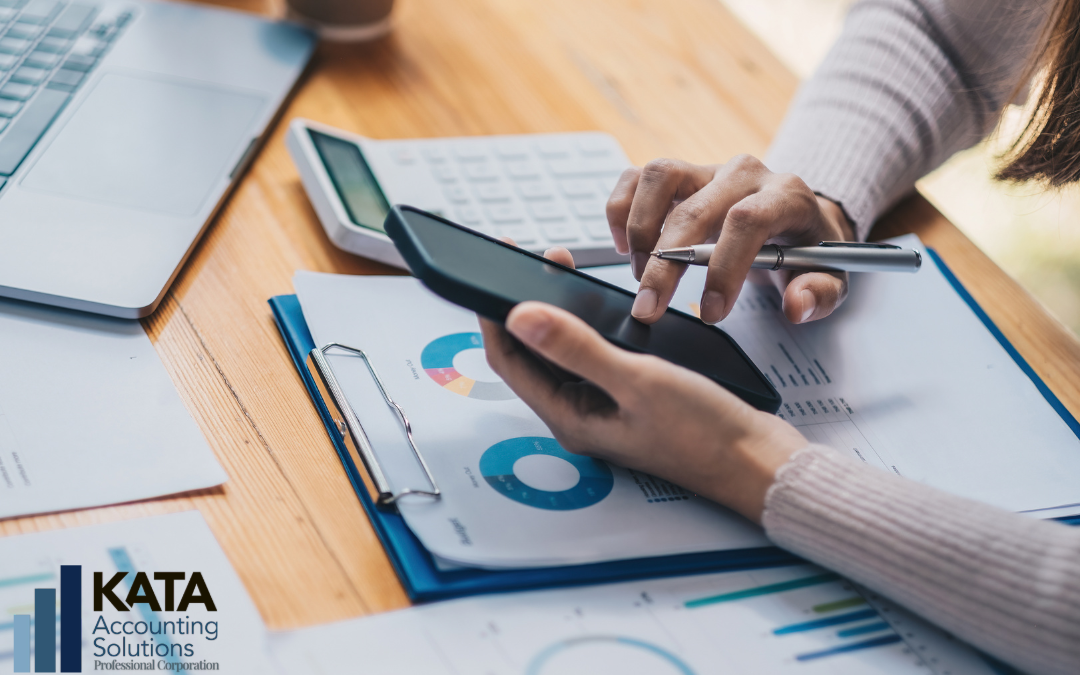Your Mid-Year Financial Check-Up
We’re already halfway through 2025! For many, this marks a perfect opportunity to pause, assess their financial standing, and strategize for the remaining months.
A mid-year financial check-in can help you save more, pay less tax, and stay in control of your money. Here are some key areas to focus on for a strong second half of the year.
1. Master Your Budget: Where Did Your Money Go?
The first step in any effective financial plan is understanding your cash flow. If you haven’t been tracking your income and expenses, the mid-year point is a great time to start or refine your budgeting process.
Take time to review your spending from January to June. Look for any surprises or areas where you consistently overspent. Reassess your budget by distinguishing between needs (like rent, utilities, and groceries) and wants (like dining out and subscriptions), and consider cutting back on the non-essentials.
If your financial situation has changed – maybe you got a raise or added new expenses – adjust your budget accordingly, especially with things like holidays or travel coming up.
You might also try a zero-based budgeting method, where every dollar is assigned a purpose, helping you stay in control and make the most of your money.
2. Strategic Tax Planning: Optimizing for 2025 (and Beyond!)
With half the year gone, now is the ideal time to consider tax strategies to potentially reduce your taxable income and maximize credits. Keep in mind that tax laws can change, so consulting a qualified professional is always recommended.
- Maximize Registered Accounts:
- RRSPs (Registered Retirement Savings Plans): Contributions reduce your taxable income. If you have unused contribution room, consider making additional contributions before the March 1, 2026 deadline for the 2025 tax year. Spousal RRSPs can also be a great income-splitting strategy. Keep in mind that RRSPs are not the best path for everyone.
- TFSAs (Tax-Free Savings Accounts): Any growth within a TFSA is tax-free. The 2025 TFSA contribution limit is $7,000. If you made withdrawals in 2024, that room is re-added in 2025.
- FHSAs (First Home Savings Accounts): If you’re saving for your first home, the FHSA offers tax-deductible contributions and tax-free withdrawals for a qualifying home purchase. The 2025 annual limit is $8,000, with a lifetime maximum of $40,000. There are some rules that are a bit different from an RRSP, so make sure you don’t lose contribution room if you’ve opened the account. You can only carry-forward contribution room for 1 year.
- Review Deductions and Credits: Are you taking advantage of all eligible deductions (e.g., home office expenses, business use of vehicle for self-employed) and tax credits (e.g., medical expenses, charitable donations, Multigenerational Home Renovation Tax Credit if applicable)?
- Capital Gains and Losses: If you have investments, consider tax-loss harvesting to offset capital gains. If you anticipate a large capital gain, strategize how to minimize the impact, potentially by spreading out sales over multiple years. Get professional advice on this.
- Stay Informed on Legislation: Keep an eye on federal and provincial budget announcements, as tax laws can evolve throughout the year. For instance, the proposed reduction in the lowest federal personal marginal income tax rate for 2025 could impact your overall tax liability.
3. Understanding Installments: Avoiding Surprises
If you have income that isn’t subject to regular withholdings (e.g., self-employment income, rental income, investment income), you might be required to pay tax installments.
Review your tax obligation to see if you’re required to make installment payments. The Canada Revenue Agency (CRA) generally requires installments if your net tax owing for this year and either of the two previous years is more than $3,000 (or $1,800 for Quebec residents).
If your income or deductions have changed significantly in the first half of 2025, you may need to adjust your upcoming payments to avoid penalties.
Even if you’re not formally required to pay by installments, setting aside funds regularly can help you stay prepared and avoid a large tax bill next spring.
4. Forecasting – Looking Ahead with Confidence
Budgeting is about managing your present money, but forecasting is about predicting your financial future. This helps you anticipate potential challenges and opportunities.
Start by projecting your income and expenses for the rest of the year, using your first-half results and any expected changes. Be sure to account for seasonal shifts in earnings or spending.
Consider creating multiple scenarios—a conservative, realistic, and optimistic outlook—to help you prepare for a range of outcomes. Don’t forget to include any major upcoming expenses like a home renovation, vehicle purchase, wedding, or vacation.
Review your emergency fund as well; ideally, it should cover 3 to 6 months of essential living costs.
Lastly, if you’re working on paying down debt, map out your progress and see if there’s room to accelerate your payments in the months ahead.
Proactive Planning Pays Off
The mid-year mark is an opportunity to take control of your finances by reviewing your budget, planning your taxes, understanding your installment obligations, and forecasting your financial path.
These steps will help you manage the second half of 2025 with confidence and move closer to your long-term financial goals. Don’t wait until year-end and start planning today.

At KATA Accounting Solutions, we empower individuals and business owners to stay ahead. Book a call with our team to make the most of your mid-year review – we’re here to help you finish strong. (Link : Contact Us)
